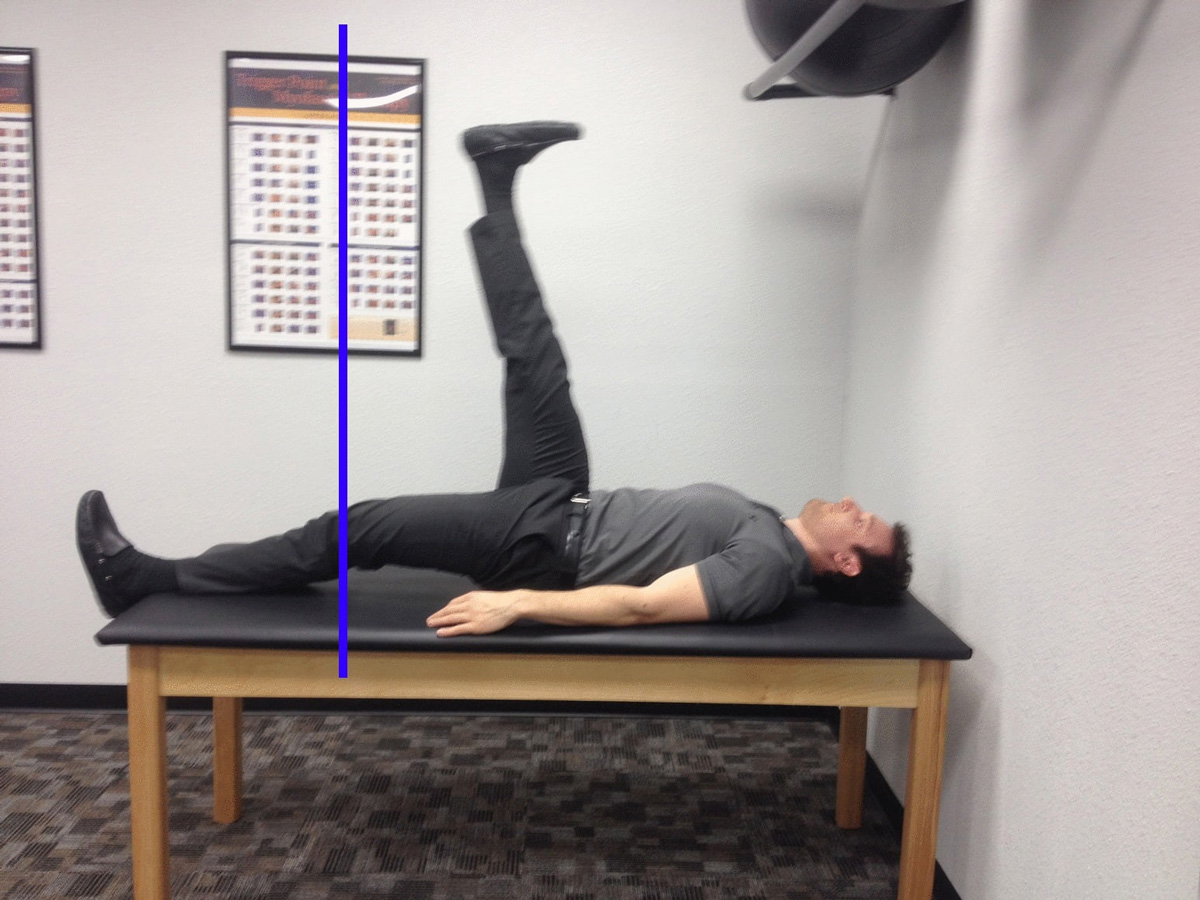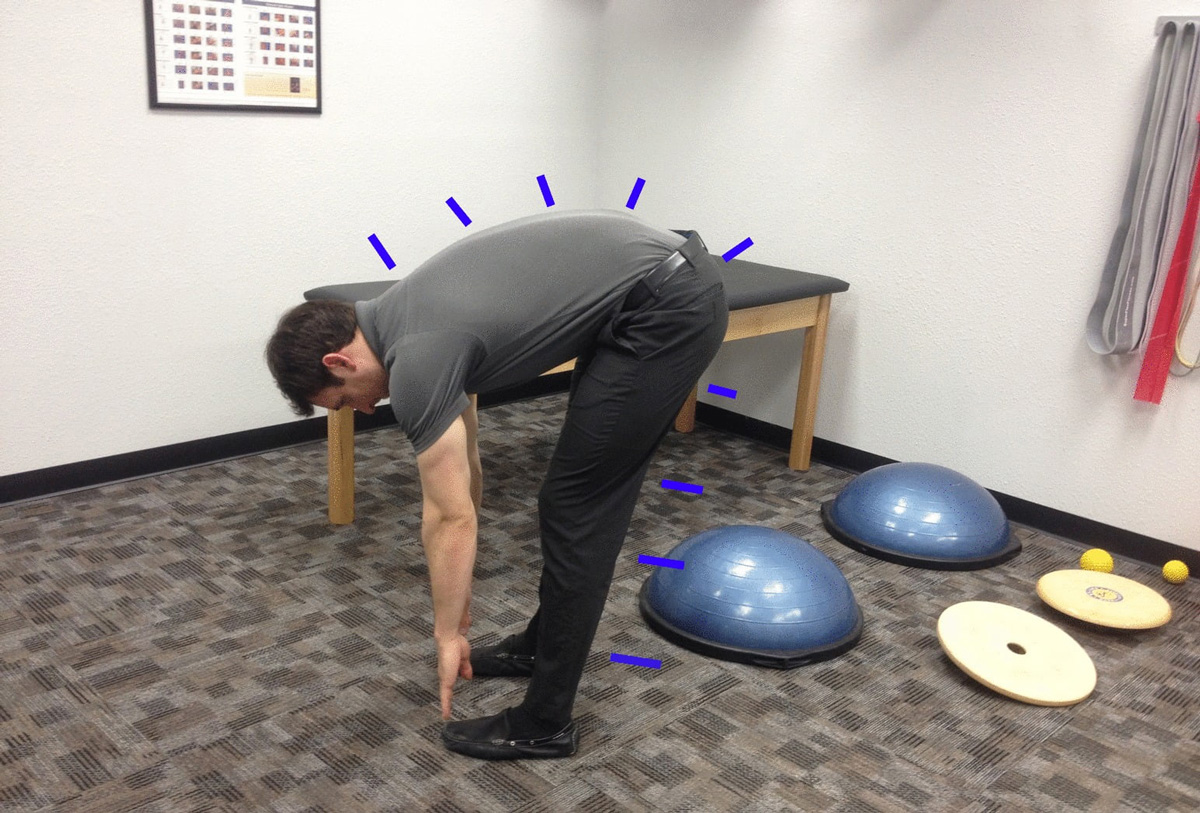Squat VS Deadlift
It’s not really possible to cover all there is with these two exercises in just one blog, many people have a preference on which compound exercise they prefer to do. Both the squat and the deadlift are excellent exercises. For this blog we are looking at the demands of the hips, ankles, knees when preforming these two movements and why we follow the Physical Therapist Gray Cook and lean towards the deadlift.
The Squat
If you have been into the clinic you have preformed some sort of body weight squat. We use the squat for looking at general mobility in the hips, ankles, knees, shoulders and mid back. The squat is a great functional exercise and some people are natural born squatters. There is a very big difference between doing an body weight overhead squat and a squat with weight on your back. No matter the bar placement (back, front, overhead) when preforming a squat your tibia (lower leg) is more angled forward and you are asking more range of motion out of your ankle, hip and knees compared to the deadlift.
The Deadlift
Bend over to pick up your child and you are deadlifting. The deadlift is extremely crucial to day to day life. Each time you bend over to pick up something off the ground you are essentially deadlifting. However, with the epidemic of low back pain very few people understand how to deadlift correctly. When deadlifting your tibia (lower leg) is in more of a straight line with the floor and you are not asking for much range of motion through your ankles and knees as compared to the squat.
For this reason we definitely lean more towards the deadlift (or similar movements: hip hinge, kettle bell swing) with patients in the clinic. Prior to even beginning to deadlift there are two general assessment tests which should be done to look at mobility, restrictions, and motor control.
Two tests that should be done prior to deadlifting:
Active Straight Leg Raise:
For the active straight leg raise if the moving leg is able to pass the opposite knee (shown by the blue line) without compensating by bending the knees and keeping the moving leg in a neutral position it allows a pass for mobility restrictions in the lower legs when completing the lift. Test is done on both legs. If you are unable to pass this test, you may have mobility issues which need to be addressed.

Active straight leg mobility assessment
Toe Touch:
For the toe touch it allows to look for any points of restrictions in movement from the base of the heels up to the back of the head. A good toe touch will demonstrate a shift of your hips back behind your heels and a nice smooth curve in your back. The flexed or rounded low back is “OK” in this test because the low back is not under any load.

Toe touch / forward bend assessment
New Patients are always welcome at Behm Muscle & Joint Clinic
Our unique treatment for muscle, joint and nerve problems of Chiropractic care, soft tissue therapy, and rehabilitation exercises has helped many patients with low back pain not only get out of pain but return to an active lifestyle. We strive to have the patient become an active participant in their care, encouraging them to move correctly and not rely on passive modalities. The doctor at Behm Muscle & Joint Clinic is FMS and SFMA certified. Learn more about FMS at www.functionalmovement.com
About the author
Dr. Behm was born and raised in Papillion, NE. He received his Bachelor’s degree in Exercise Science from the University of Nebraska – Omaha and following his undergraduate studies was a certified personal trainer (NSCA-CPT – National Strength and Conditioning Association) in the Omaha area for years, helping clients achieve their health and fitness goals. He received his Doctorate in Chiropractic from Cleveland Chiropractic College – Kansas City. While in school, he received multiple certifications to increase his knowledge of the human body and how to properly assess and treat his patients. This translates into our integrative approach to Chiropractic care and our combination of therapies to better address your musculoskeletal complaints. Dr. Behm is excited to return to his hometown and serve the community around him.
